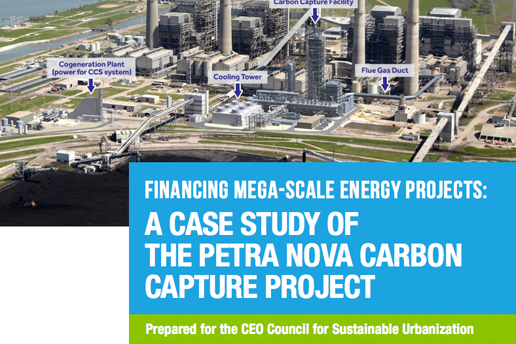
Executive Summary
According to the latest report submitted by the Intergovernmental Panel on Climate Change (IPCC) to the member countries, global emissions of greenhouse gases must fall 40- 70% by midcentury, compared to 2010 levels. The report pointed out that low-carbon energy resources, including the solar, wind and other resources with low CO2 emissions, account to less than 20% of the current energy mix. This 20% has to be raised 3-4 times in order to achieve the 40-70% reduction.
Unfortunately, bringing new energy technologies to market is plagued by multiple financial “valleys of death,” or critical stages in the progress from lab to market during which risk-tolerant investment is very difficult to obtain. Even after advanced energy technologies emerge from the lab and successfully demonstrate proof-of-concept, they often face funding challenges on the road to commercialization. At this stage, the risk that a novel technology or process will not perform well at full scale deters commercial banks and other typical investors. This challenge is particularly acute for largescale “mega-projects,” complex low-carbon infrastructure investments requiring a billion dollars or more in initial investment.
To successfully cross the “Commercialization Valley of Death,” advanced energy megaprojects need a number of key ingredients: a risk-taking lead developer with enough patience and determination to see a complex, long-term project across the finish line; project partners with expertise in the full value chain and skill at managing engineering, construction, and procurement processes and mitigating related risks; and a special set of investors willing to bet on an as-yet-unproven technology that could open up new markets and big economic returns in the future. In almost all cases, governments also play a key role in offsetting initial expenditures with grants or tax credits, providing risk-tolerant loans, or otherwise reducing the risks for pioneering project developers.
This report provides a detailed description of the Petra Nova Carbon Capture Project in Fort Bend Count, Texas. The billion-dollar project will bring post-combustion carbon capture technology at an unprecedented scale and demonstrate the commercial viability of this important carbon-reduction technology.